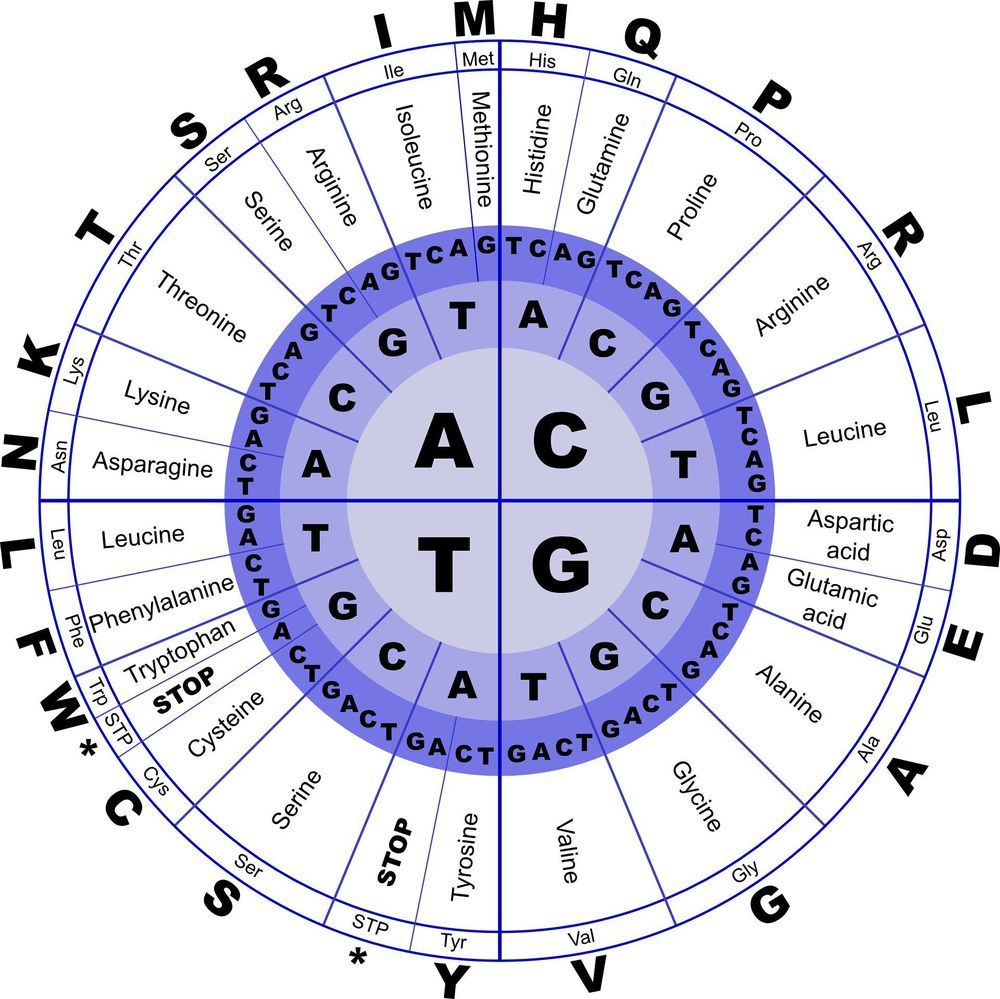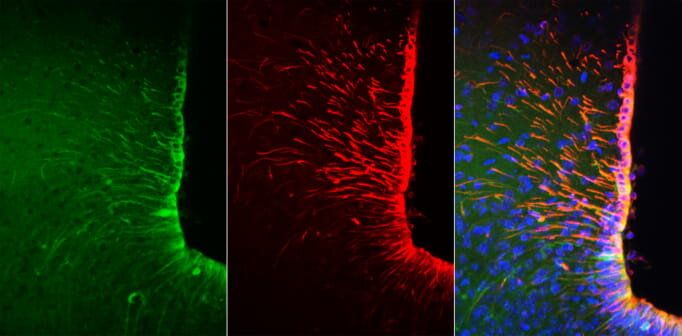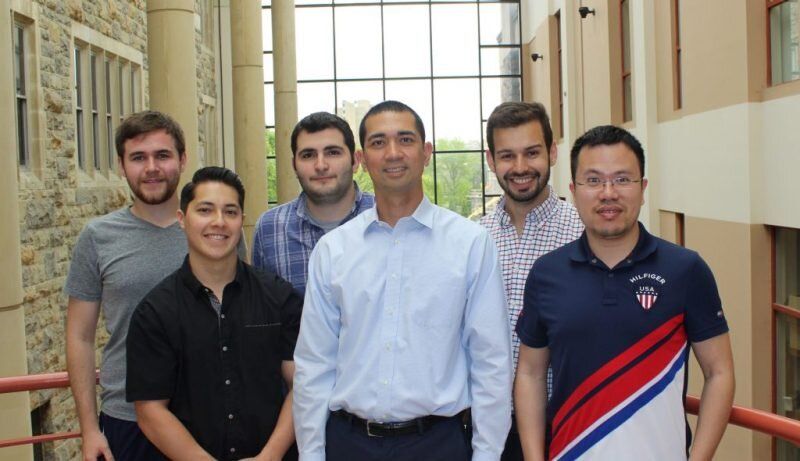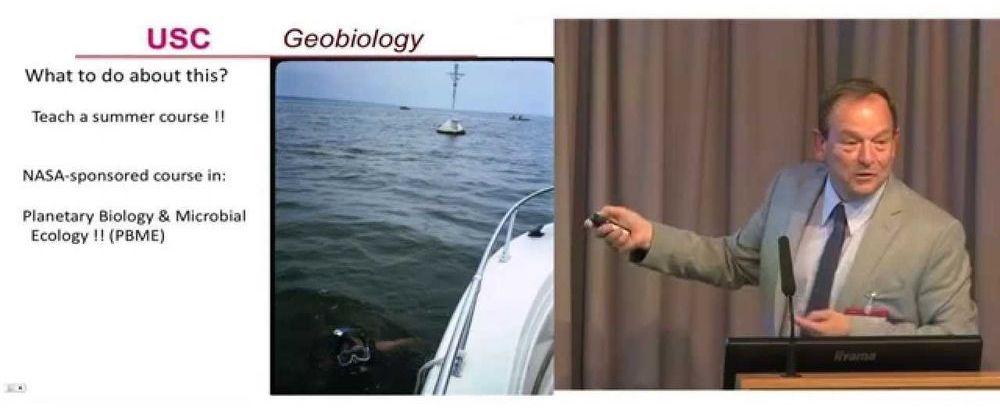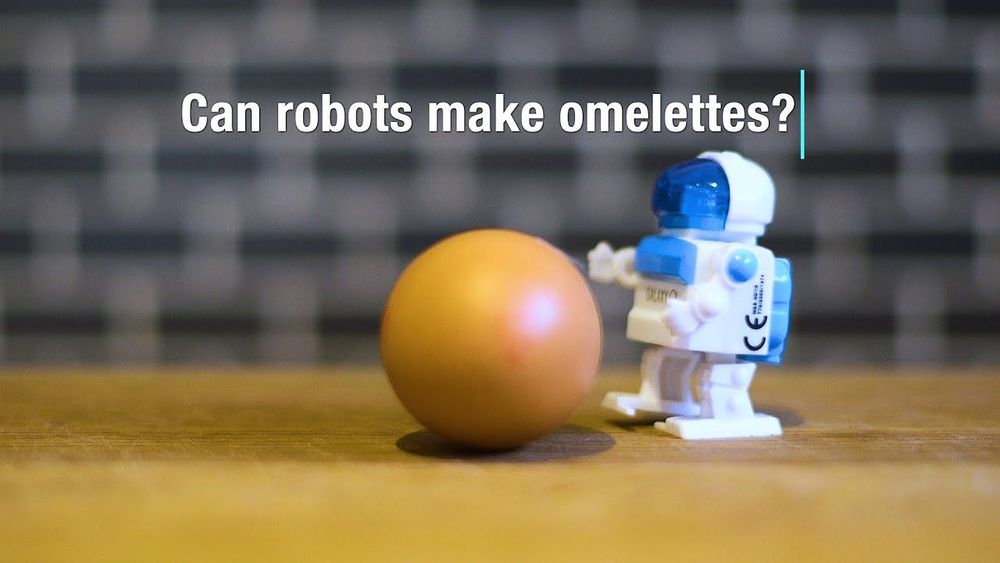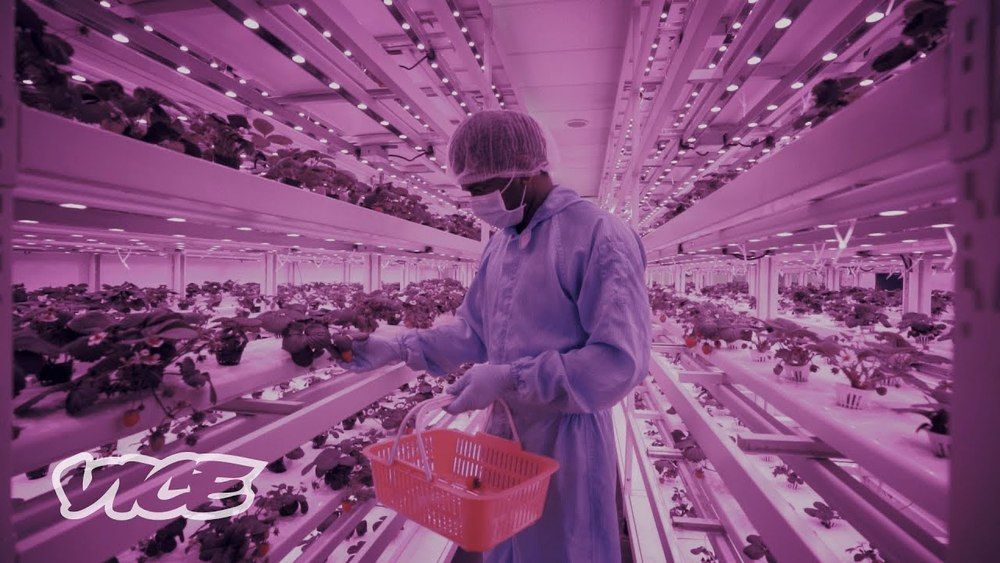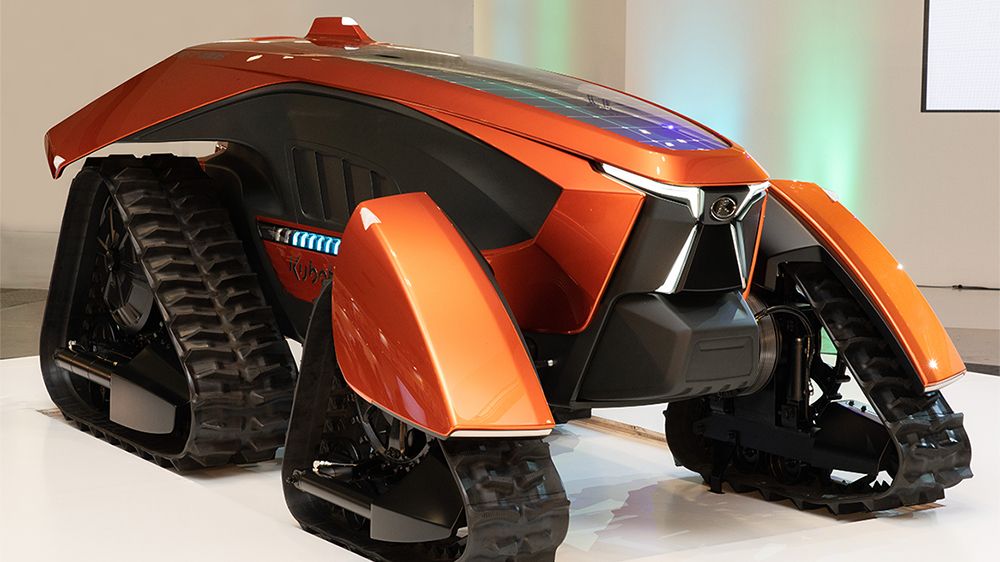Jun 9, 2020
Essential components of dietary restriction revealed
Posted by Kevin Huang in categories: biotech/medical, food, health
Another link on diet/healthspan.
Studies by Monash Biomedicine Discovery Institute (BDI), have provided a new understanding into the roles two essential amino acids play in metabolic health, which may help scientists in the fight against obesity.
Led by Dr. Adam Rose, the recent finding, published in Nature Communications, shows that by reducing the amount of two amino acids —threonine and tryptophan—in young healthy mice, they were able to burn more calories than they consumed, without calorie reduction, keeping them lean and healthy and without the side-effect of lower muscle mass. A low-threonine diet even protected mice that were morbidly obese and prone to developing type 2 diabetes.
Continue reading “Essential components of dietary restriction revealed” »
